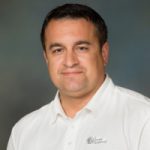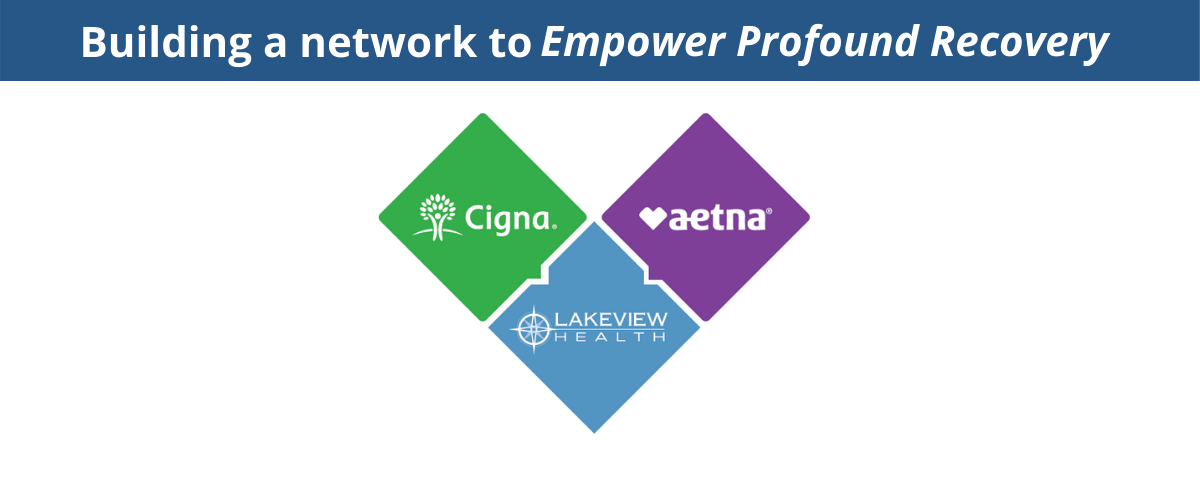The Arizona Department of Health Services (ADHS) released its latest data on opioid overdoses in June. The 2016 Arizona Opioid Report showed the highest number of deaths in the state in ten years. In 2016, 790 Arizonans died from opioid overdoses. The trend shows a startling increase of 74 percent over the past four years. The report warns that the appearance of synthetic opioids and opioids mixed with other powerful drugs like fentanyl has created large clusters of overdoses around the state. These drug combinations have complicated the use of the opioid antagonist naloxone (Narcan). “Arizona is experiencing a worrisome increase in patients that require multiple doses of naloxone, possibly indicative of these more lethal mixtures,” says the 2016 Arizona Opioid Report. Following the release of the report, Governor Doug Ducey declared a statewide health emergency. “Most of us know someone impacted by substance abuse—our family, our friends, our neighbors. Our hearts ache for them, but that isn’t enough. We must do more,” said Governor Ducey. The declaration allows ADHS to draw on a $500,000 public-health emergency fund to pay for items such as training costs and supplies of naloxone, all at an attempt at ending the opioid epidemic. “Officials are using the term epidemic quite frequently now,” says Seth Born, who represents Lakeview Health in Arizona and other western states. He works directly with medical professionals and interventionists to get people with substance use disorder into treatment programs. “We are fighting on the frontlines of this war that’s going on,” says Born. “Unfortunately, we see people die on a regular basis, and it’s heartbreaking to know that it is preventable.” Ducey’s administration and the Arizona legislature have taken steps to curtail the epidemic. These include limiting initial opioid prescriptions to seven days for adults insured by Medicaid or the state’s insurance plan and legislation allowing pharmacies to dispense the overdose-reversal drug naloxone without a prescription. ADHS now provides data on the opioid epidemic in “real time.” According to the latest figures, 1,417 suspected opioid overdoses occurred between June 15 and August 3, and 206 suspected opioid-related deaths were recorded for that 50-day period. That indicates that the statistics for 2017 are likely going to be much worse than 2016. Until recently, a lot of media coverage in Arizona focused on drug interdiction and arresting dealers and users. It reflected an approach by the state government that has done little to end the addiction epidemic. “Most people who are misusing drugs and alcohol are suffering from the disease of addiction and need treatment, not incarceration,” says Born. “In jail, they typically get very little treatment while improving their skills for criminal activities.” A lot of overdose patients are treated with suboxone (buprenorphine and naloxone), a medication used for detoxification and opioid replacement therapy. “Buprenorphine can be abused as well, and suboxone has become a popular street drug in Arizona,” says Born. Lakeview’s approach to integrative health is abstinence based with supportive medical care and other therapies. “The worst thing that can happen to people with addiction is losing all hope,” says Born, who is in recovery himself. He is no stranger to the struggles that people in the grip of addiction face. “Addiction is an insidious disease that can leave you hopeless. I love my job, because I can reach out and help people with addiction understand that there is hope. It’s not the end of the road. Recovery is possible.”




